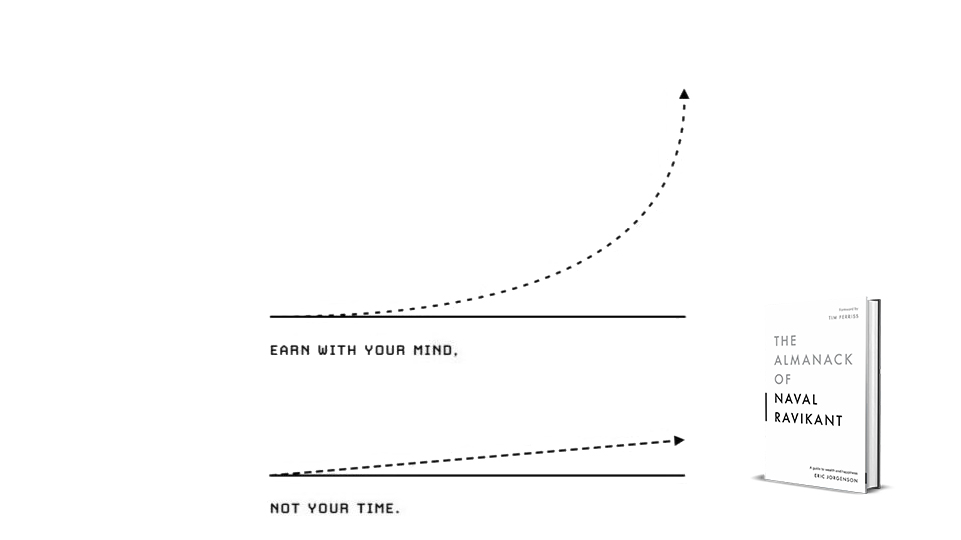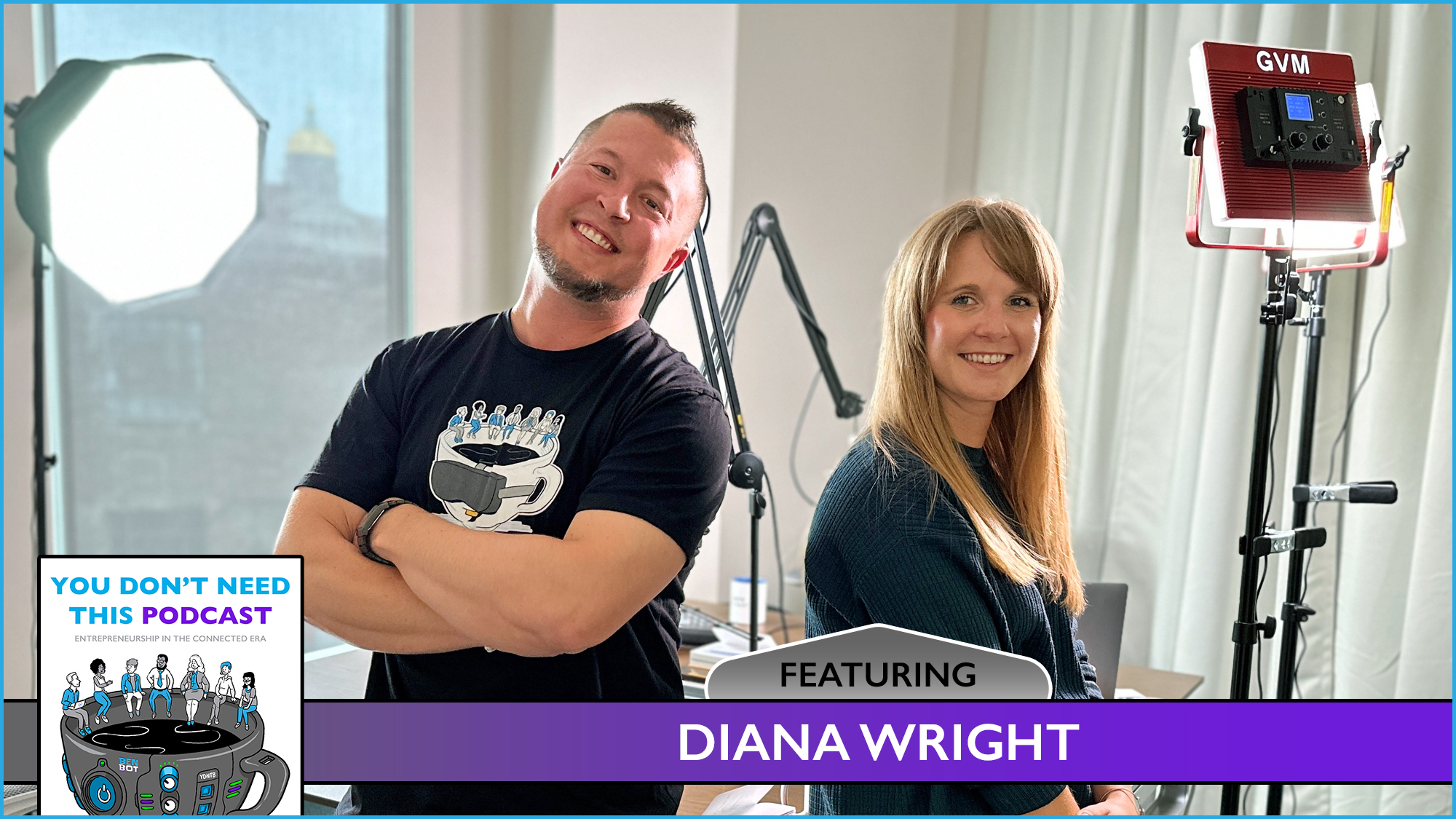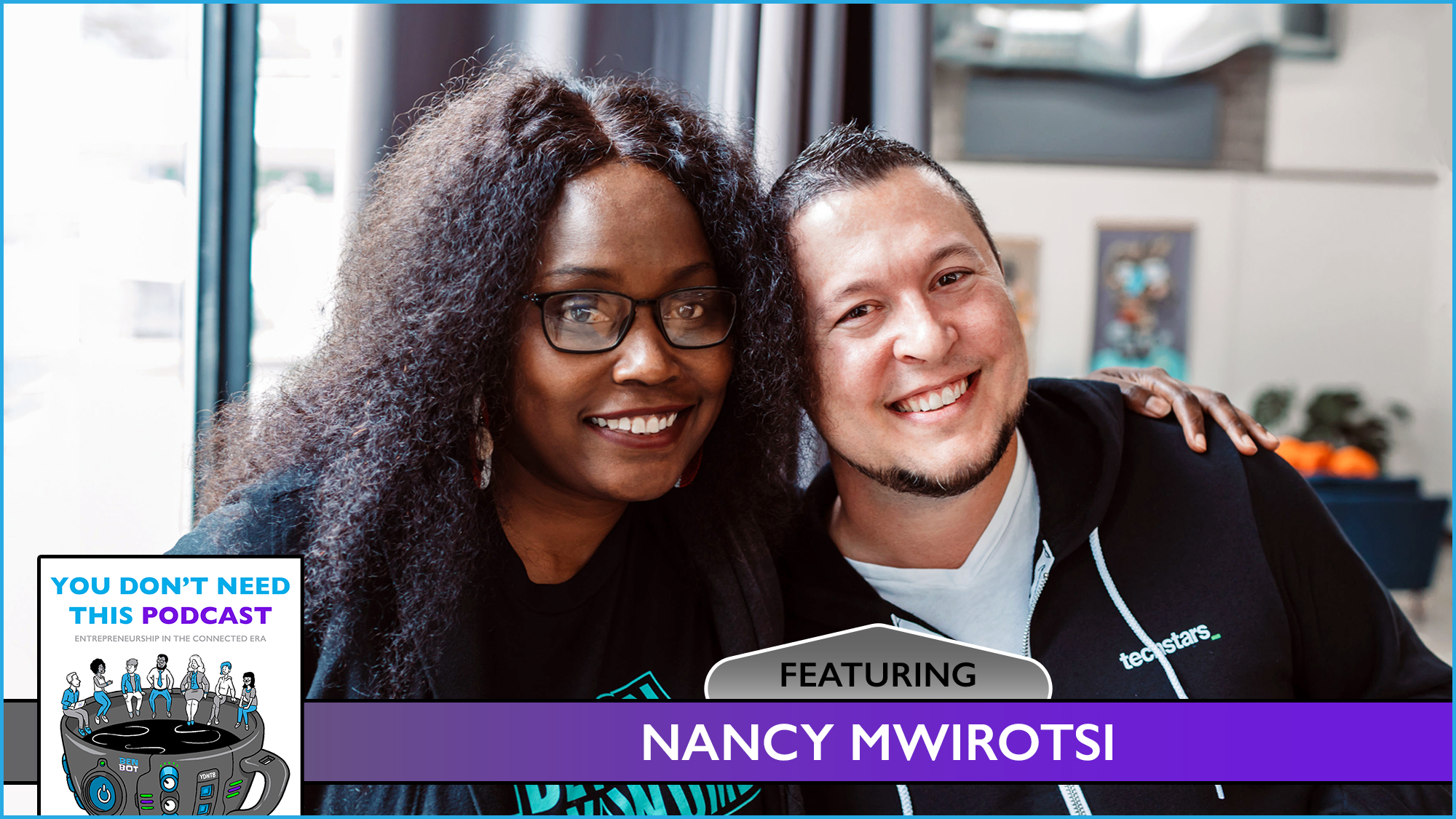Introducing a modern equation:
C + I + R + V = future of work
- C = Curiosity
- I = Initiative
- R = Real Skills
- V = Vocational Knowledge
The “future of work” is something many people throughout an entrepreneurial ecosystem think about, talk about, and work on together.
When everyone is trying to figure out the future of work, how have we arrived at this simple solution to such a complex, important, and constant debate?
It began with 20+ years of collaborating through connection. This experiential wisdom is wonderful, but thinking/writing/talking about education through the lens of entrepreneurship, intrapreneurship, and innovation has embedded perpetual learnings from students, educators, employers, and community builders. Along the way, “Playforce” was coined to describe a workforce that thirsts for significance through work that feels like play. In fact, an optional multiplier in this C.I.R.V. equation is actually having fun through an intrinsic sense of play. The depth of each variable (curiosity, initiative, real skills, and vocational knowledge) is also key to equalizing this complex equation.
This long-term focus has provided clarity, but this C.I.R.V. equation was refined through an ambitious collection of professional podcast interviews. In just three months, we orchestrated, recorded, and produced 55 fascinating episodes of You Don’t Need This Podcast. You read that right my friends. 55 thoughtful episodes of YDNTP were created in only 3 months, with a new episode now queued up to be released every week into 2024! During this prolific sprint, leaders boldly shared timeless insight linked to all parts within the educational system and related influences from throughout an entrepreneurial ecosystem. These were not quick chats. These were rich conversations with each special guest totally plugged in, sitting directly across me in a downtown recording studio! Navigating this many peculiar interactions sealed in the required comprehension that connects through pertinent perspectives.
Forecasting the future is hard, but action guided by the modern principles expressed in this new C.I.R.V. equation helps us activate exponential value as we continue building the future of work.



